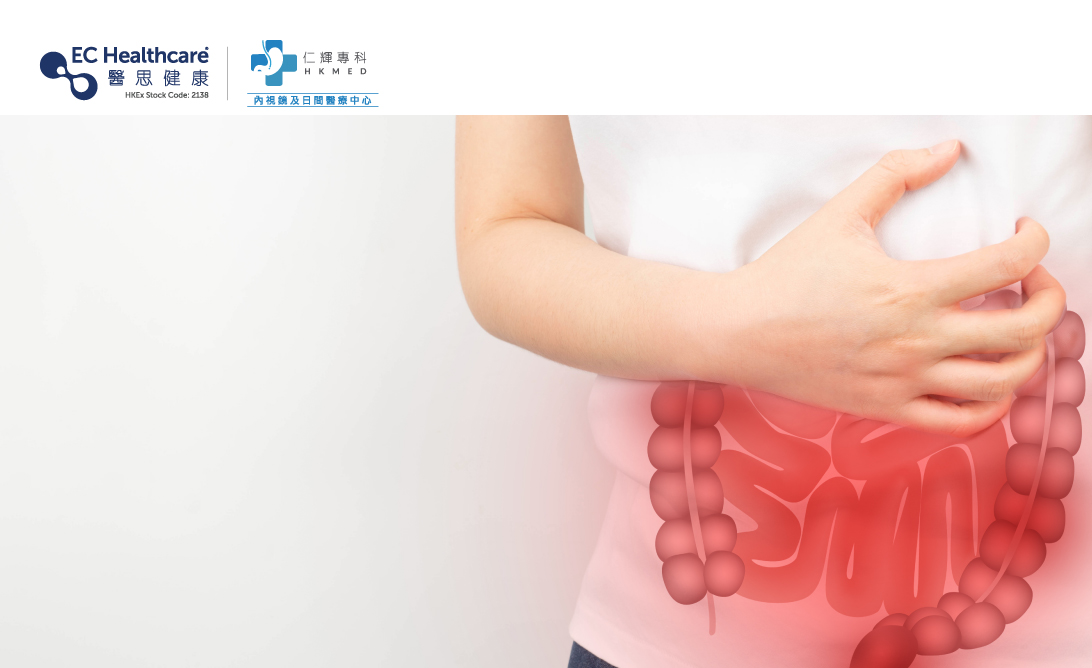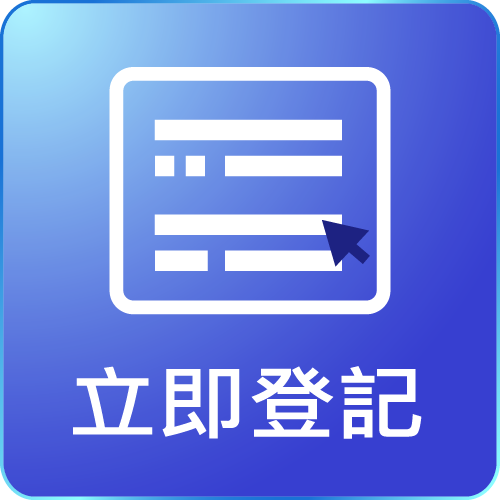Varicose Veins: Causes, Symptoms and Easy Solutions


Varicose veins are twisted and enlarged veins caused by venous insufficiency that can really take a toll on your legs. Most commonly found in the skin or muscles of the lower limbs, especially great and small saphenous veins, they can cause more than just a cosmetic issue. Left untreated, they can also cause pain and fatigue when walking, and even recurring ulcers.
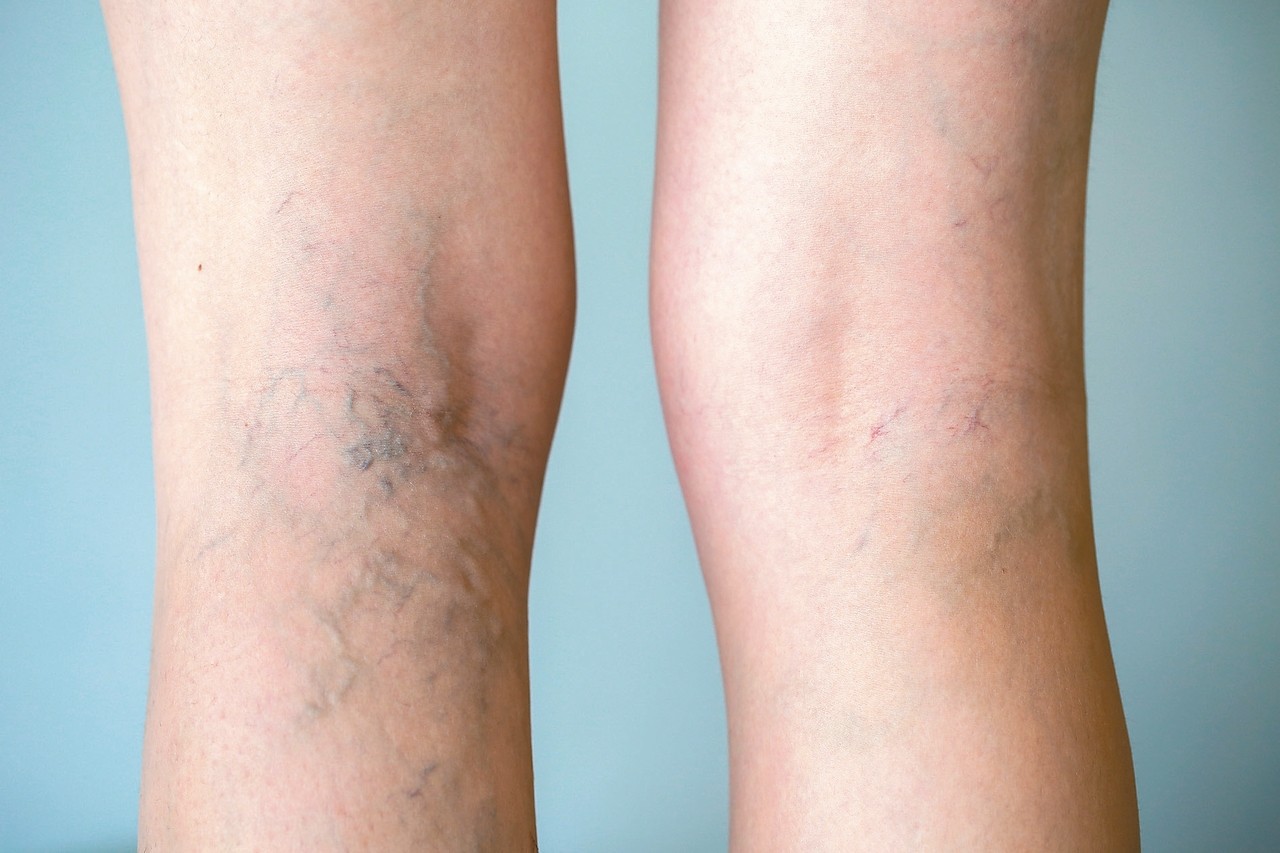
Causes of varicose veins
Healthy leg veins carry blood to the heart while valves in the veins are responsible for keeping the blood from flowing backwards. When the valves malfunction, the blood cannot flow properly and pools in the legs, leading to thick and enlarged veins – otherwise known as varicose veins.
Common causes are:
-Heredity
-Blood clots in leg veins
-Leg injury
-Pregnancy
-Increased body weight
-Wearing high heels frequently
-Jobs that require prolonged standing or sitting
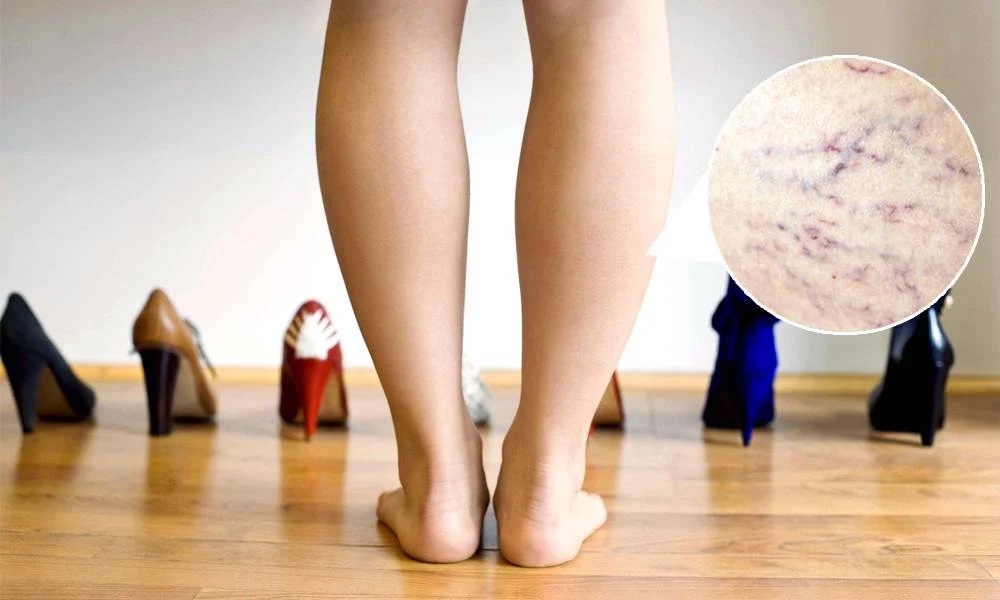
According to the CEAP classification, varicose veins can be divided into seven stages. You can check whether you are suffering from this condition with the classification below:
C0: No visible or palpable signs of venous disease
C1: Telangiectasia (small, widened blood vessels) or reticular veins
C2: Varicose veins, clearly visible veins when standing
C3: Oedema in the lower limbs
C4: Skin changes such as pigmentation, inflammation, induration and eczema
C5: Recurring ulcers in the lower limbs with potential skin pigmentation
C6: Ulcers in the lower limbs with open sores
Varicose veins not only affect the leg’s shape and appearance but also cause wounds and intense pain. Patients should receive treatment as soon as possible and change their lifestyle habits to relieve the condition.
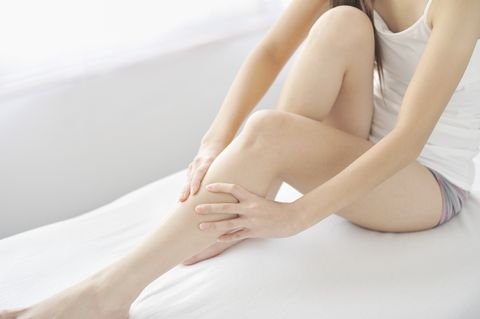
Tips for reducing varicose veins
1.Avoid prolonged standing
Many people develop varicose veins due to prolonged standing. You should prevent standing in the same posture for a long time to avoid increased blood pressure in the veins.
2.Elevate your calves when resting or sleeping
When you are sleeping or taking a rest, elevate those calves! Simply raising your legs about 30 degrees above your heart (roughly the height of a pillow) can help the blood flow back to the heart, relieving the symptoms of varicose veins.
3.Leg massage
To help relieve soreness and pain, try using lotion or firming cream to massage the acupoints from bottom to top, including your feet, ankles, calves, knees and thighs. A 30-minute session can do wonders for your lymphatic system and improve blood flow. Just be sure to consult your doctor first if you are already suffering from varicose veins.





